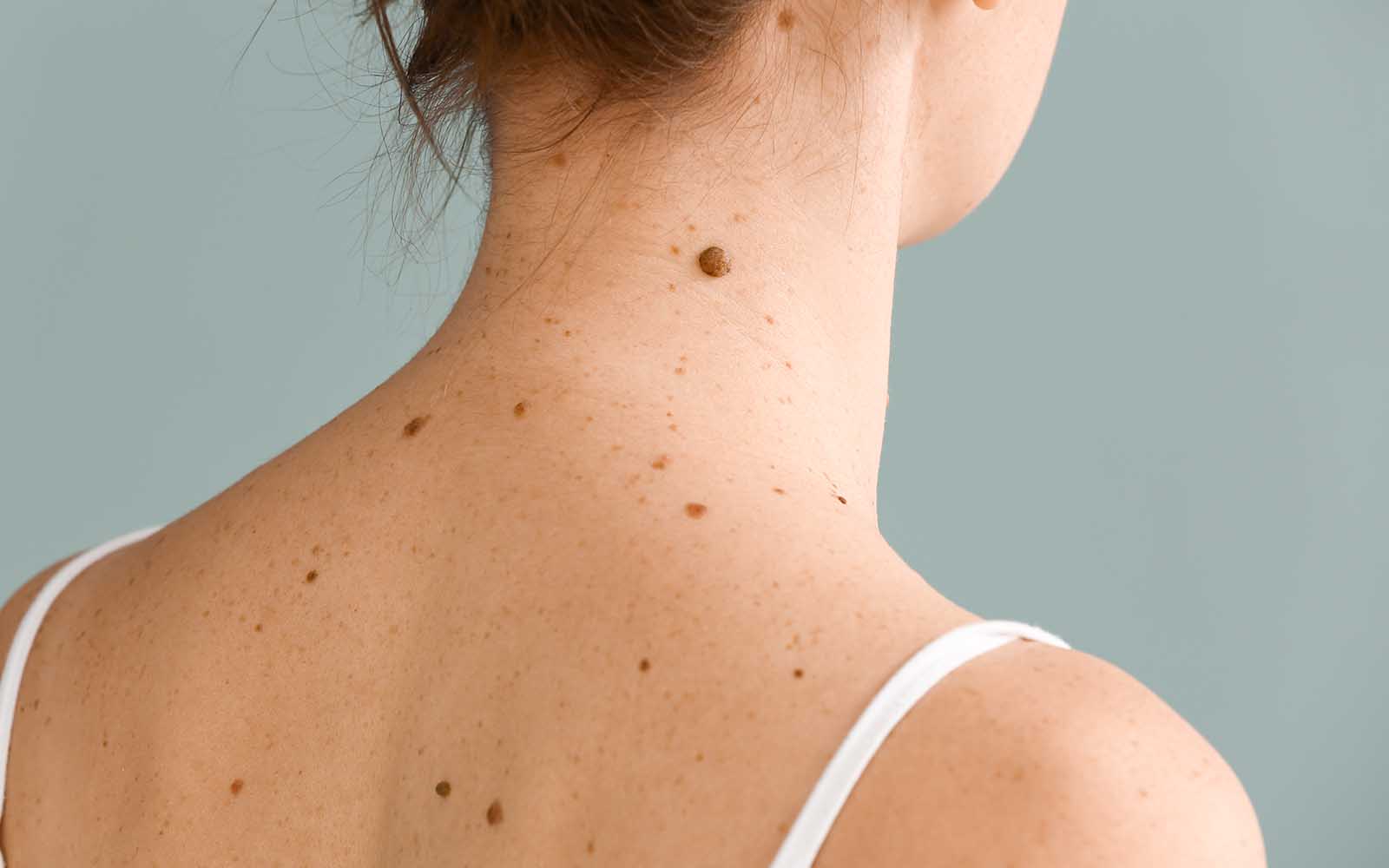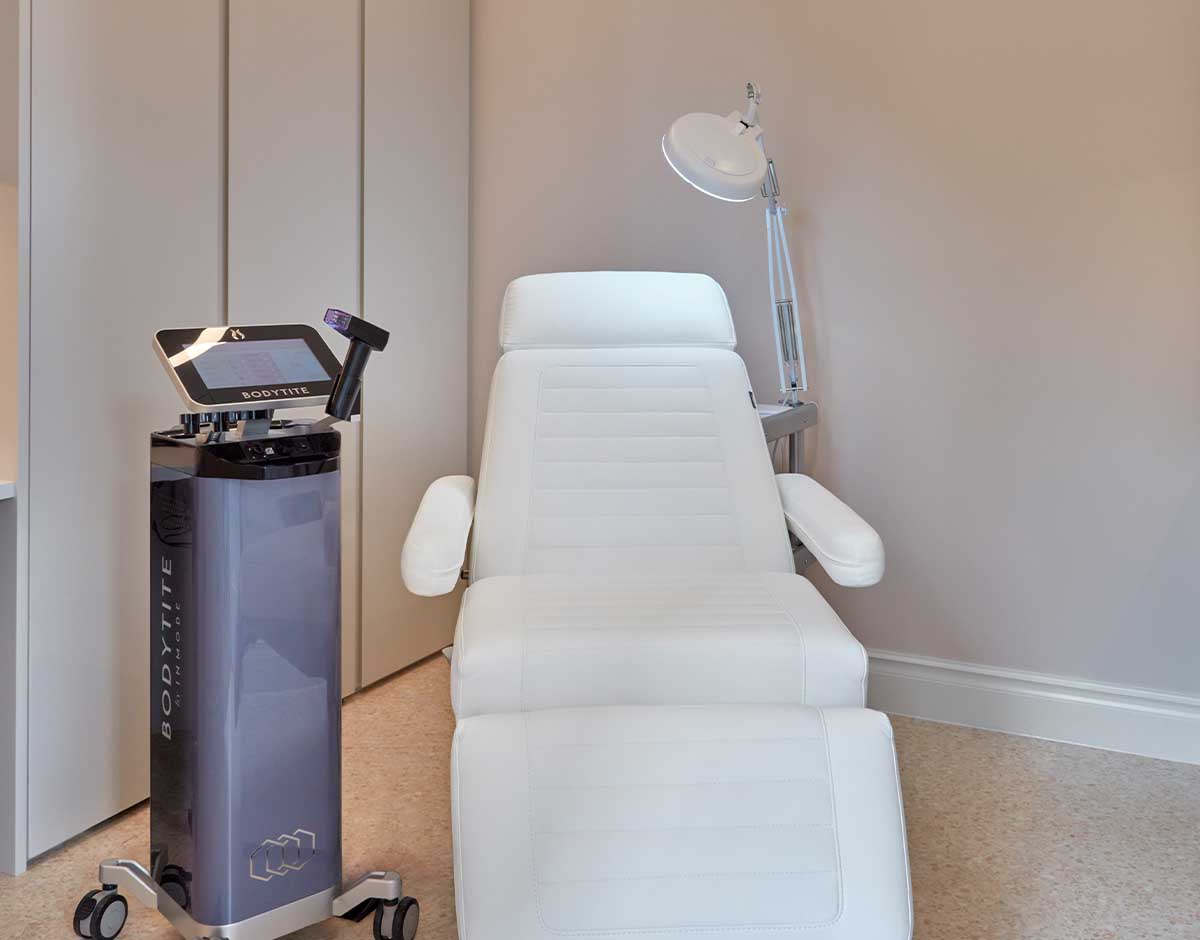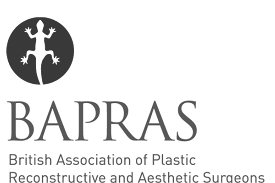-
What is mole removal surgery?
While most moles are harmless, some may be considered unsightly, or may pose a risk of developing into skin cancer or be a skin cancer (melanoma). Mole removal surgery involves numbing the area around the mole with local anaesthetic and then using a scalpel to remove the mole. After the surgery, the area may be stitched or left to heal naturally, depending on the size and depth of the mole.
-
Can anyone have mole removal surgery?
Mole removal surgery is suitable for individuals who have moles that are suspicious or atypical in appearance. This includes moles that have asymmetry, irregular borders, different colours, or are large in size. Individuals who have had significant sun exposure, sun burn or used sunbeds are recommended to have regular mole assessments and may need mole removal to confirm the diagnosis.
Additionally, those who have moles that are causing discomfort, or are interfering with daily activities may also consider mole removal surgery. It is estimated that 86% of melanoma cases (a type of skin cancer) are preventable with early detection, so if you have a mole that you think may need assessing, an early review is advisable.
-
What happens at your first mole removal surgery appointment?
At your first mole removal surgery appointment, Jonathan will conduct a thorough assessment of the mole to decide whether it warrants removal; to determine if it has abnormal changes which may indicate the presence of cancer cells. This assessment involves examining the size, shape, colour, and texture of the mole, as well as reviewing it in relation to the presence of other moles, plus any other pertinent factors. You may be asked questions about the mole’s history and you will be given details about the mole removal procedure itself.
-
How painful is mole removal surgery?
Mole removal surgery is a minimally painful procedure. Local anaesthetic is used to numb the area before the procedure, so the actual removal of the mole should be painless. After the surgery, some mild soreness or discomfort may be felt at the site of the removal, but this can be managed with over-the-counter pain medications if required.
-
How long does mole removal surgery take?
Mole removal surgery usually takes about 10 to 30 minutes, depending on the size and location of the mole. The procedure is usually done as an outpatient procedure, meaning you can go home straight afterwards.
-
What results can I expect from my mole removal surgery?
In most cases, the surgery aims to remove the mole completely, leaving little to no trace of its existence. The size, depth, and type of mole will determine the extent of scarring or marks left behind, but Jonathan will strive to minimise scarring and ensure a smooth, even skin tone after the procedure.
-
Are there any risks associated with mole removal surgery?
The risks of mole removal are small, and a small amount of bleeding or delayed wound healing can be troublesome. Infection is not common, and scars mature over a period of weeks to months, becoming flatter and paler and are not usually visible at conversational distance. Jonathan will answer any questions you have about the risks when you visit him for your consultation.

Mole Removal
Skin
Some moles can be precancerous or malignant, and removing them surgically eliminates the potential for cancer to progress. Additionally, cancer-free moles that are constantly irritated, prone to catching or trauma, or are simply unsightly can be safely removed through surgery, reducing discomfort and improving appearance.
What happens during mole removal surgery?
This is usually a short, local anaesthetic procedure to remove a mole. If there is any suspicion of possible cancer, the mole is removed with a minimal margin of normal skin to allow the pathologist to fully analyse it. The wound created is stitched closed. Where the mole is deemed to be benign (non-cancerous), it may be shaved off to leave minimal scarring and a good aesthetic result. After the mole is removed, it is sent for pathology testing to confirm the diagnosis.
Why choose Jonathan Dunne for your mole removal surgery?
Jonathan is well-known for his precise and successful mole removal procedures and expertise in skin cancer management and facial plastic surgery. He strives to help you achieve the best results with minimal scarring.
Faqs | Mole Removal
“I went for what I thought was a consultation, had to have a mole removed and booked in for 40 mins later over and done with in 10 mins. Kept informed of what was happening at all time by both the dermatologist and the plastic surgeon. I would thoroughly recommend.”
Client Review











